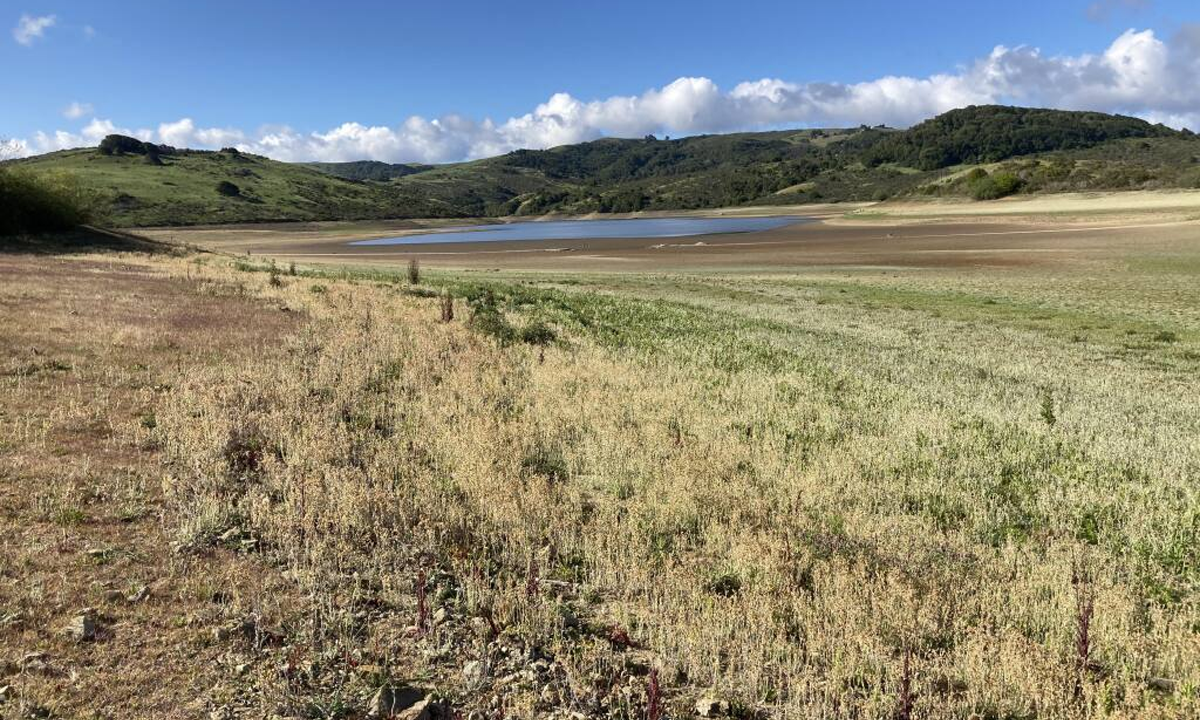Written by Amanda Angulo
Redwood Valley in Mendocino County has been facing the severe consequences of this year’s drought in California, meanwhile Los Angeles has been thriving off of its invasive green pastures and infinity pools.
Redwood Valley only gets an average of 38 inches of rainwater every year and is right next to the headwaters of the Russian River. The Russian River is supposed to be a vital source of water for Northern California residential and agricultural usage. In addition, it is also supposed to provide drinking water for over 500,000 residents near the area, inducing Mendocino Counties as well as others.
Now, nearby residents are being told to not use more than 55 gallons of water per day, which is equivalent to taking a bath and going to the bathroom, and flushing six times a day.
San Jose has gotten less than half of the rainwater this year meaning that this could then lead to a possible mandate being implemented if locals fail to comply with cutting water use by 15%.
During droughts, location is key. Northern California could actually leave them accustomed to their yearly abundance of water sources from rivers, aquifers, and reservoirs, whereas Southern California has much fewer natural resources and in areas like the Central Valley, the drought has not stopped.
In the previous drought in 2015, the state had ordered everyone to cut their water use by 25% across California. However, there is no emergency order, mandate, or rules in regards to wasting water for this year’s drought.
Instead, many cities will allow people to cut their water use at their discretion or voluntarily. Not only that, but Los Angeles will also not be facing any water restrictions, due to most of their water being imported from somewhere else.
“We have a pathwork in part because (water) is managed locally,” said Felicia Marcus, who led the state’s response to the 2012-2016 drought under former Gov. Jerry Brown. In addition, Aaron Baker, the chief operating officer at Valley Water has stated that “conditions will be far worse in 2022 if drought conditions continue and no action is taken”.
If there is no statewide emergency to be implemented, there will be no control on water usage and it could lead to harsher water restrictions next year. It could even cause some counties scattered across the state to be without drinking water.




